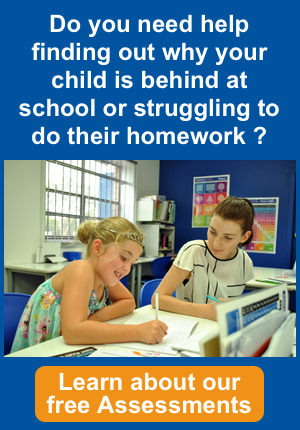
 As promised, here are the next four techniques you could try to help your anxious child:
As promised, here are the next four techniques you could try to help your anxious child:
5. Help Them Go from ‘What If’ to ‘What Is’
Research shows that coming back to the present can help alleviate this tendency. One effective method of doing this is to practice mindfulness exercises. Mindfulness brings a child from ‘what if’ to ‘what is’. To do this, help your child simply focus on their breath for a few minutes.
6. Avoid Avoiding Everything that Causes Anxiety
The flight part of the flight-fight-freeze response urges your children to escape the threatening situation. Unfortunately, in the long run, avoidance makes anxiety worse. Kids who are able to manage their worry, break it down into manageable chunks. Let’s say your child is afraid of sitting on the swings in the park. Create mini-goals on the way to the bigger goal (e.g., First visit: go to the edge of the park, next visit: walk into the park and sit next to the swings, and, finally, get on a swing). Take as many visits as are necessary for your child to feel okay before you try the next step.
7. Help Them Work Through a Checklist
Create a checklist so your child has a step-by-step method to calm down. What do you want them to do when they first feel anxiety coming on? If breathing helps them, then the first step is ti pause and breathe. Next, they can evaluate the situation. In the end, you can create a hard copy checklist for your child to refer to when they feel anxious.
8. Practice Self-Compassion
Watching your child suffer from anxiety can be painful, frustrating, and confusing. There is not one parent that hasn’t wondered at one time or another if they are the cause of their child’s anxiety. Here’s the thing, research shows that anxiety is often the result of multiple factors, (i.e., genes, brain physiology, temperament, environmental factors, past traumatic events, etc.). Please keep in mind, regardless of the cause; you can help them overcome it.
Here are two more websites you may find helpful:
• Raising Children– an Australian parenting website.
• Headspace– website for help, support and information about young people and mental health
Teacher’s Tips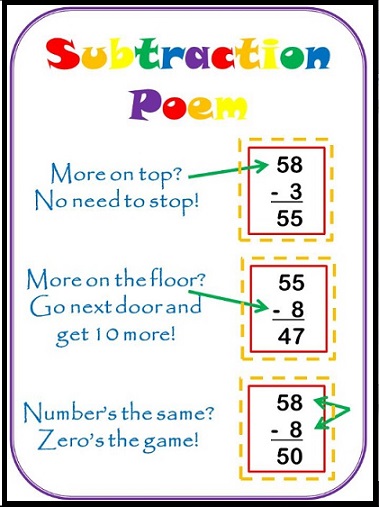
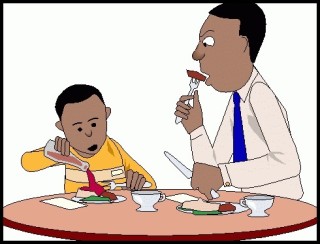 Monthly Joke
Monthly Joke
A boy asks his father, “Dad, are bugs good to eat?”
That’s disgusting- don’t talk about things like that over dinner,” the dad replies.
After dinner the father asks, “Now, son, what did you want to ask me?”
“Oh nothing,” the boy says, “There was a bug in you soup, but now it’s gone.”
This Month
13th June
Queens Birthday Holiday
2nd July
Last day Kip McGrath Tutoring
18th July
First day Kip McGrath Tutoring
Winter Facts
As the days become shorter and colder, we thought we would brighten your day with a list of 7 fun and interesting facts about winter.
- When it is winter in the Southern Hemisphere, it is summer in the Northern Hemisphere. This occurs because the Southern Hemisphere is tilted away from the sun at this time.
- In Winter, some animals migrate (whales), hibernate (bears), store food (squirrels), change colours (arctic fox), or grow thicker fur (horses).
- The lowest minimum temperature in Australia was – 23ºC at Charlotte Pass on 29th June 1994 in the Snowy Mountains.
- All snowflakes have 6 sides.
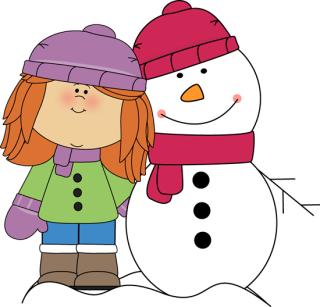
- 30 cm of snow melts down to 5 cm water.
- During winter Australia has more snow than Switzerland.
- Chionophobia is a fear of snow.
Sudoku
Fill in the blank squares with the numbers 1 through 9.
Every row, column and 3 x 3 region of a 9 x 9 grid must contain each number only once.
Student of the Month
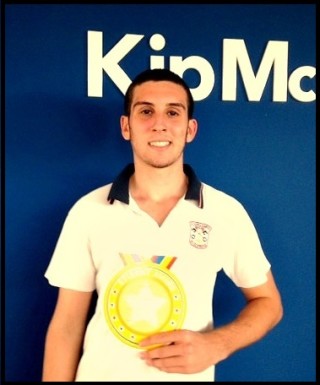
” Kip McGrath has made Kurtis more confident in his ability to do his Maths.
He never complains about going to tutoring, and tutoring has taken away
the pressure on us to help him with his maths.”
-Lynda (Kurtis’ Mum)
Kurtis- Award for Outstanding Improvements in Maths
Child-made School Lunch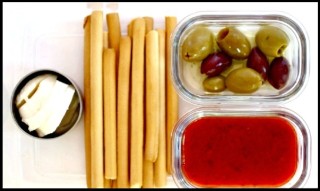
DIY Pizza for Lunch
Pizza Sauce
Bread Sticks
Olives
Fresh mozarrella


